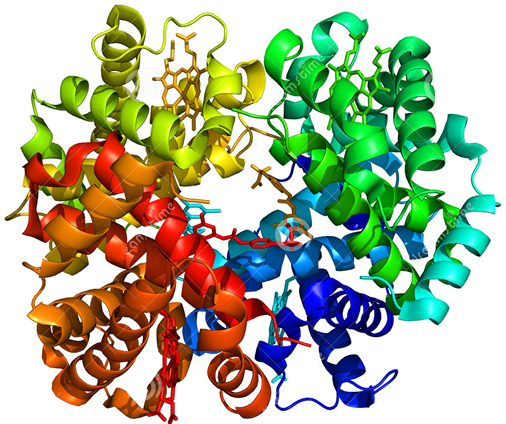

More recently, from Switzerland and Netherlands scientist, 22 protein of Escherichia coli expression under different growth conditions, the quantitative and qualitative analysis.Identified more than 2,300 protein, some of whom a copy in each cell of the average.The resulting data sets described in most of the cells (> 90%) protein quality for cell biologists, it would be a treasure.Research results are published in the December issue of Nature Biotechnology.
In order to understand the genome within the cell information and relationships between their physiological functions, is important to assess which genes are active participation in different conditions to produce proteins.The most direct way of collecting this information is, quantitative measurement of proteins in the cell.
With the advancement of technology, only recently made it possible for absolute mass measurements of protein levels.From the University of Basel and the University of Zurich (Switzerland), University of Groningen (Netherlands) scientists together to measure growth in 22 different protein of Escherichia coli.Using mass spectrometry-based Proteomics methods, they not only determines which proteins are present, and also determines how many copies per cell.
Large data sets
Systems biology professor Matthias Heinemann said, the results from large data sets, will inspire more research results, he coordinated experiments with Alexander Schmidt of the University of Basel.He explained: "we are successfully analyzed these 90 per cent protein in the cell.We have found that there are over 2300 different proteins, representing 4,300 genes of more than half.This increases the absolute quantification of proteins in Escherichia coli number 1 time.For some of these proteins, have not determined its function.
Free Life Tech Proteomics products
Protein has a very different expression levels from each cell with an average of more than 100,000 copies, to level two, an even less.Heinemann said: "first of all, it shows that our approach is how sensitive it is, but it also makes you wonder what's at a very low level of expression of protein function by purely random effects, although some genes may be active (and randomly generated proteins), but we do not rule out a single copy of an appropriate function of a protein in the cell.After all, other biological entities--appear as single copies (such as genes), or have a feature, the new study also found that the bacterial protein after translation adaptation.
New problems
The data sets described in this paper, is being used by other scientists, and sparked a new exciting research.The author points out: "our data as a reference for new research data, and has contributed to some of the pending publication of research results.This data set allows the scientists to ask and answer new questions.
For the study, bacteria grown under different conditions is at the University of Groningen.Samples were shipped to the University of Basel, the protein content (including membrane-binding protein) is through separation and mass spectrometry analysis.Finally, the analysis of these results was the whole team.
